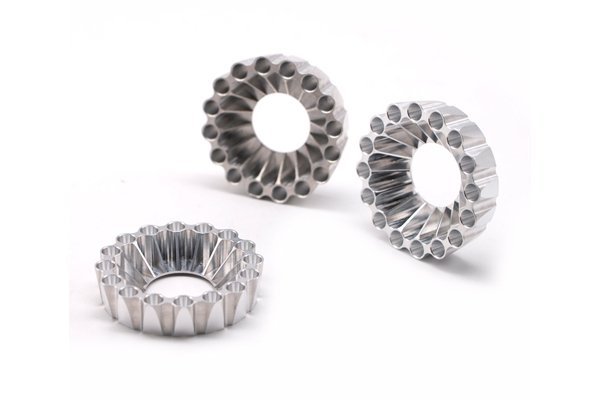When it comes to CNC machining, one of the most critical decisions a machinist or engineer faces is selecting the right tool for the job. Did you know that the correct tool can increase your machining efficiency by as much as 40%? This statistic underscores the importance of tool selection in the CNC machining process, particularly when working with aluminum—a material known for its lightweight and malleability but also with its unique challenges.
Understanding the Basics of CNC Machining
Before diving into the specific tooling for aluminum, it’s essential to understand what CNC machining entails. CNC (Computer Numerical Control) machining is a subtractive manufacturing process that involves using computerized controls to operate machine tools. This technology allows for a high degree of precision and repeatability, which is crucial when creating complex parts or components.
The Unique Properties of Aluminum
Aluminum stands out in the manufacturing world due to its favorable properties:
However, these advantages come with their own set of challenges during machining, including a tendency for the material to pick up, cut poorly, and warp under heat. Therefore, selecting the right tools is paramount in achieving the desired quality and efficiency in the manufacturing process.
Factors to Consider When Choosing CNC Tools for Aluminum
To choose the most effective tools for CNC machining aluminum, it’s essential to examine several key factors.
The material of the cutting tool plays a crucial role in its performance. Common materials include:
The geometry of the cutting tool drastically affects machining efficiency:
Effective cooling is essential when machining aluminum to avoid problems like tool wear and thermal distortion.
Stable workholding is essential to maintain precision during machining. The choice of clamping and fixturing systems should minimize movement and vibration, allowing for better accuracy and surface finish.
Your CNC machine’s capabilities also dictate tool choice. You must consider spindle speed, torque, and rigidity when selecting tools to ensure compatibility and prevent damage to both the tool and the machine.

The Process of Selecting the Right Tool
Now that we’ve covered the critical factors, let’s summarize a step-by-step approach to selecting the right tool for CNC machining aluminum.
Common Tooling Options for Aluminum Machining
Here’s a closer look at some specific tools you might consider:
End Mills
End mills are versatile tools that can be used for various tasks, including slotting, profiling, and drilling. They come in multiple forms:
Drills
Typical options include standard twist drills, but you may also consider:
Face Mills
Featuring numerous insert options, face mills can efficiently remove material in large areas and are generally preferred for machining flat surfaces.
Real-World Applications
Understanding and implementing proper tool selection can lead to favorable outcomes, as evidenced by several case studies:
Maintenance and Tool Life
A key aspect of tool selection is maintenance. Regularly monitoring tool wear and implementing preventive maintenance can drastically improve the longevity of your tooling. By conducting routine inspections, you’ll ensure that the tools remain within the optimal performance range.
Choosing the right tool for CNC machining aluminum is more than a simple selection; it is a detailed process that encompasses material properties, tool geometry, cooling methods, and machine capabilities. By carefully considering these factors, you not only maximize the efficiency and precision of your machining operations, but also minimize costs and waste over time.
In summary, the choice of tooling is pivotal for anyone involved in CNC machining. The right tools result in better performance, improved surface quality, and longer tool life. As the aviation and automotive industries grow progressively reliant on aluminum for its lightweight benefits, mastering the art of tool selection becomes even more pertinent.
Reflect on the insights shared in this blog. The ability to choose and use the right tools effectively can significantly impact your machining success. As technology continues evolving, staying updated on tools and techniques will ensure your operations remain competitive and efficient in the fast-paced world of manufacturing.






